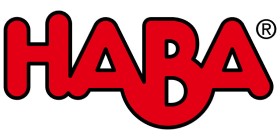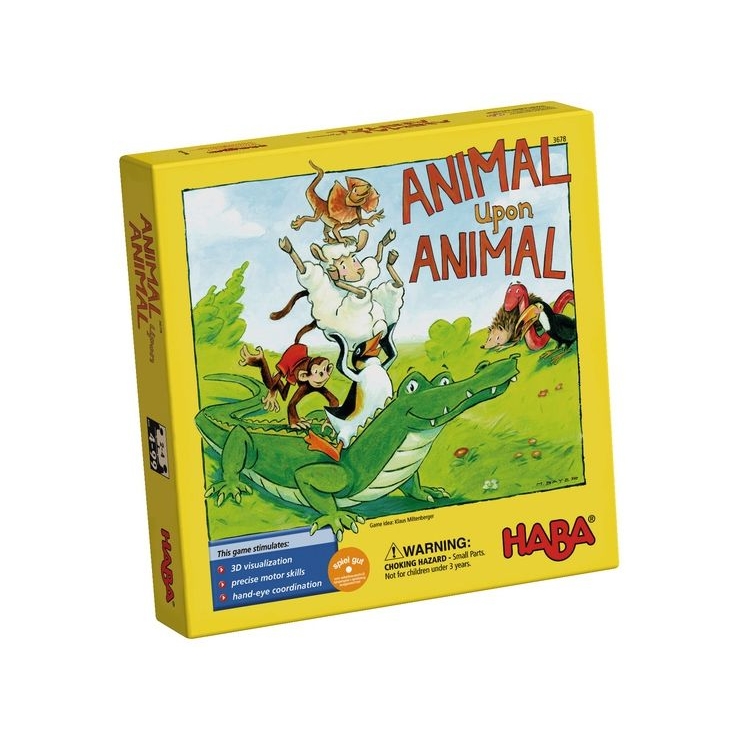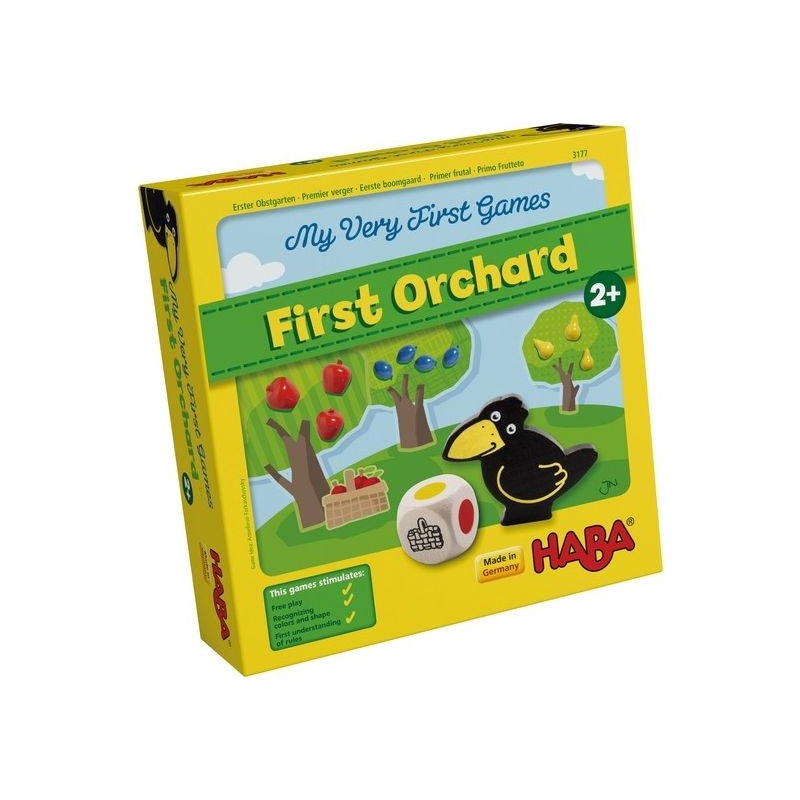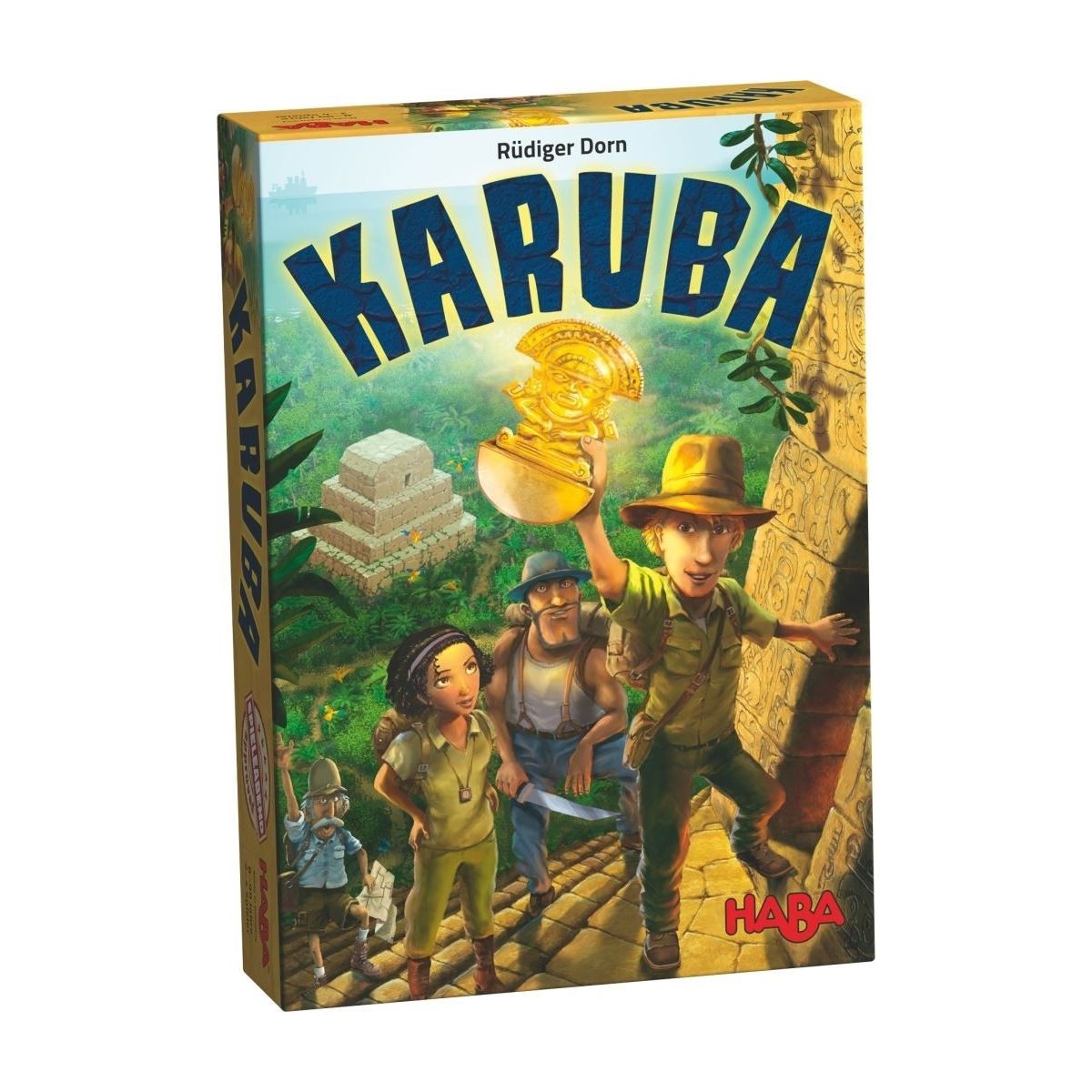The Benefits of HABA educational Board Games for Children

Blocks, jigsaw puzzles, and stacking toys are all great for developing your child's fine motor skills, but what about when you want to introduce them to the world of board games? Enter HABA education games. These games help teach kids counting, colors, sorting, and more while they're having fun. Plus, because they're made by HABA — a trusted family owned company in children's toys and games — you know they'll be well-made and entertaining. HABA products from Germany produce some of the best very first games for little ones.
1. What are Haba educational board games and what do they teach children?
HABA products are designed to help teach kids counting, colors, sorting, and other basic skills. They're a great way to introduce your child to the world of board games and have fun while doing it.
Some of our favorites include "Animal Upon Animal," which helps kids learn about stacking and balance; "First Orchard," which teaches kids about matching and sorting; and "Roll & Play," which is a great way to introduce your child to numbers and colors. There are also many more options available, so be sure to explore the HABA website to find the perfect game for your child.
2. How can parents use HABA games to help their children learn at home?
There are a few ways parents can use these games to help their children learn at home. One is by using the games as teaching tools during family game night. Not only will your child be able to learn and have fun, but you'll also be bonding as a family. Another way to use these games is by incorporating them into your child's daily routine. For example, if you're working on colors with your toddler, pull out the "Roll & Play" game and use it as a way to review what they've learned. Children can start to enjoy the challenges and rewards of some of these games well before they can read.
3. What are the benefits of playing HABA games for children's development?
There are many benefits of playing Haba games for children's development. One is that they help develop fine motor skills. Another benefit is that they help children learn to follow rules and take turns. They teach youngsters how to lose graciously. These games can help lengthen a child's attention span if they are encouraged to focus on the game without digital distractions. They help build communication. Games teach preschoolers about colors as they roll the dice and move their playing pieces. Engaged and excited is how children will find these games.
Additionally, HABA games can help children learn to think strategically and problem-solve. Plus, they're just plain fun!
4. Which games are best for which ages, and why?
There is a HABA game for every age group, from toddlers to elementary-aged children. For toddlers, we recommend games like "First Orchard" and "Teddy Bear's Garden." These games are simple enough for them to understand but still provide a challenge. For elementary-aged children, our favorites include "Karuba". These games are more complex than toddler games, but not so difficult that children will get frustrated.
5. What material are they made from.
Some of the games are handcrafted by artisans, not produced in a harmful factory, and they are constructed from wood sourced in Germany's sustainable forestry program, which ensures that the forests will be there for future generations rather than only for toy making. All stains and resins utilized in the production of HABA wooden toys are made with water-based solvents, so they are completely non-toxic and will endure for the life of the game.
6. How do you play some of the games and what are the objectives of each one?
We can't list every game here, but we'll give you a few examples:

Animal Upon Animal is all about stacking animals as high as possible without them toppling over. The player with the tallest tower at the end of the game wins.

First Orchard is a memory game for toddlers. Players take turns flipping over apples to find two that match. The player with the most pairs of matching apples at the end of the game wins.

In Karuba you scape the Cursed Temple. It is a cooperative game for kids. Players work together to find the treasure and get out of the temple before it collapses.
HABA games are not only fun, but they're also educational. They help children develop fine motor skills, learn to follow rules and take turns, think strategically, and problem-solve. Plus, they're just plain fun! With so many benefits, it's no wonder HABA games are some of our favorites.
Each Haba game has different objectives, but they all share one common goal: to teach children important skills while having fun. So what are you waiting for? Grab a HABA game and start playing!
Do you have a favorite HABA educational board game? Let us know in the comments below! And be sure to check out our other blog posts for more great tips and ideas. Happy playing!